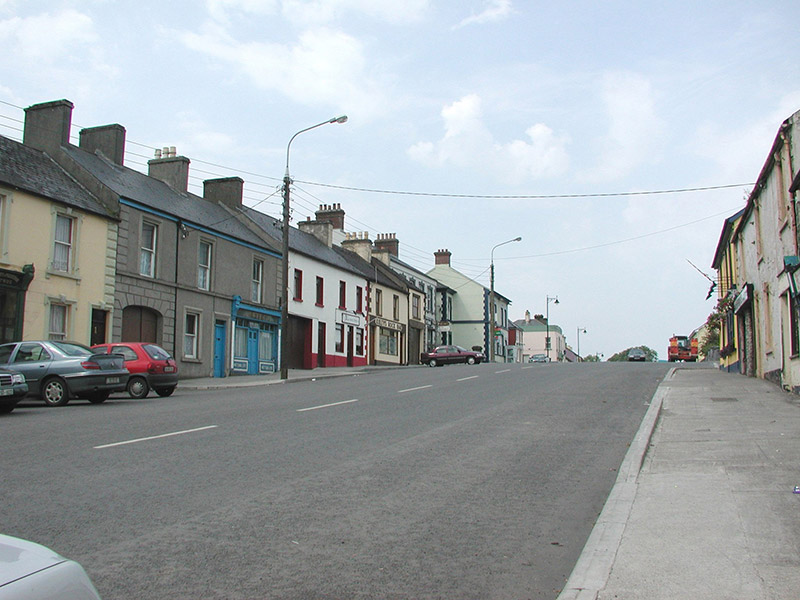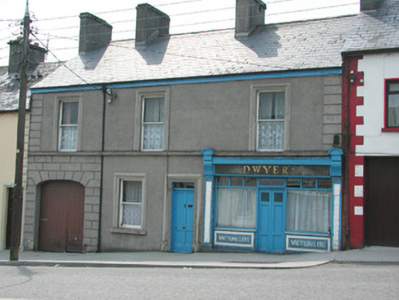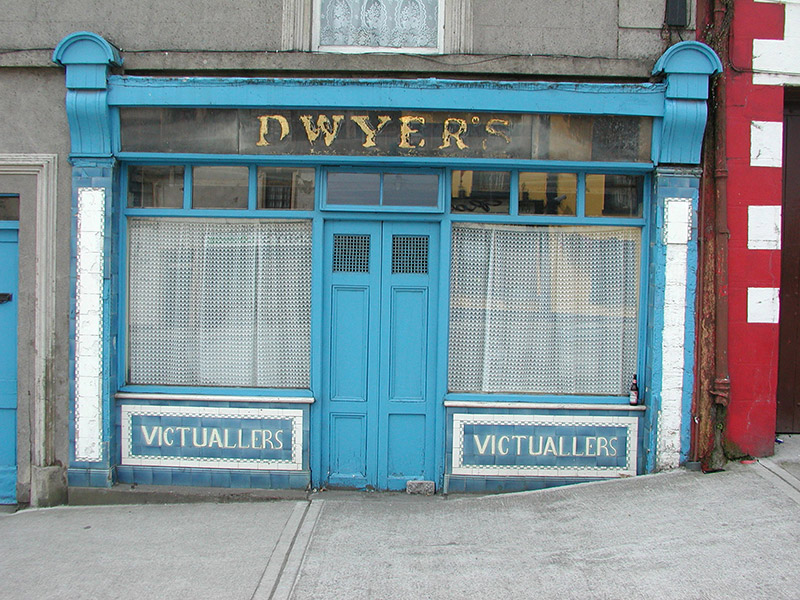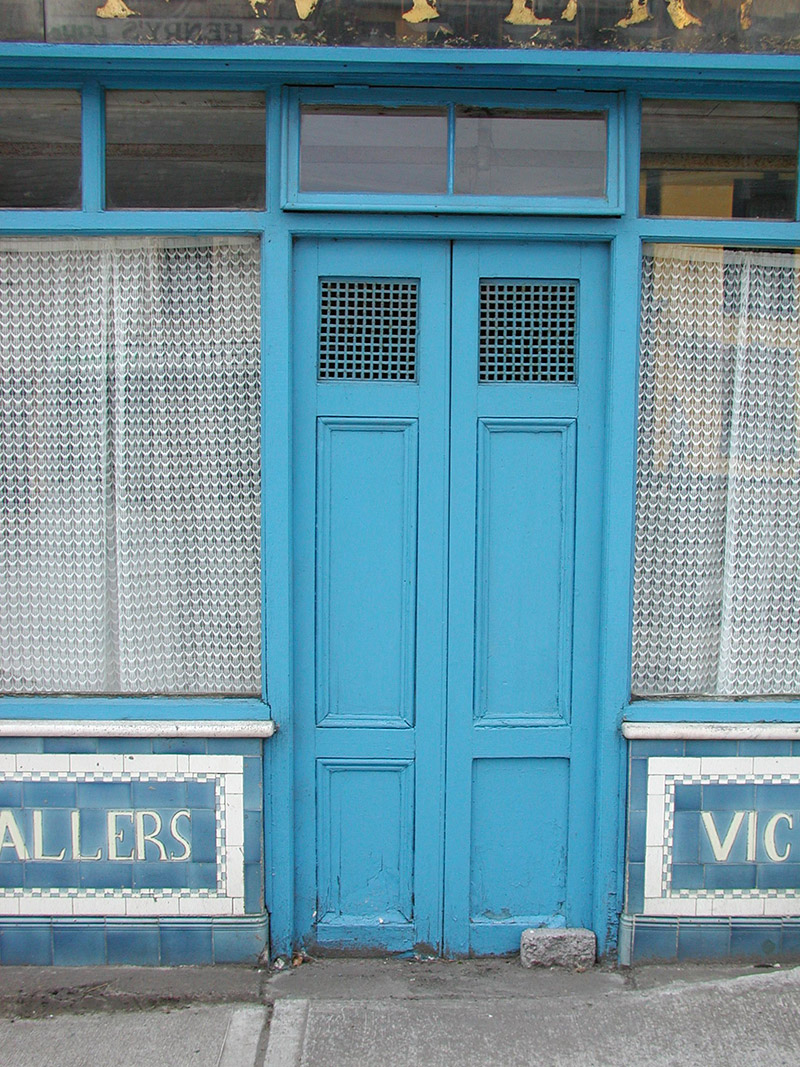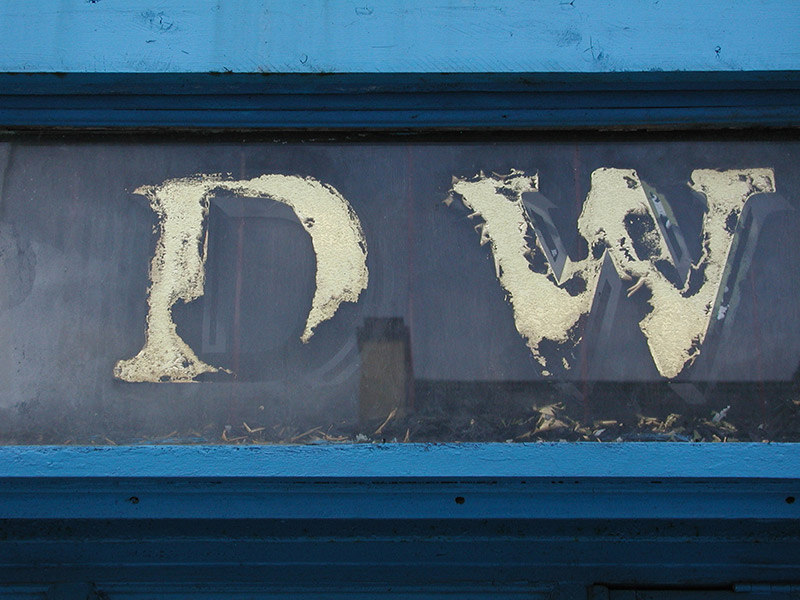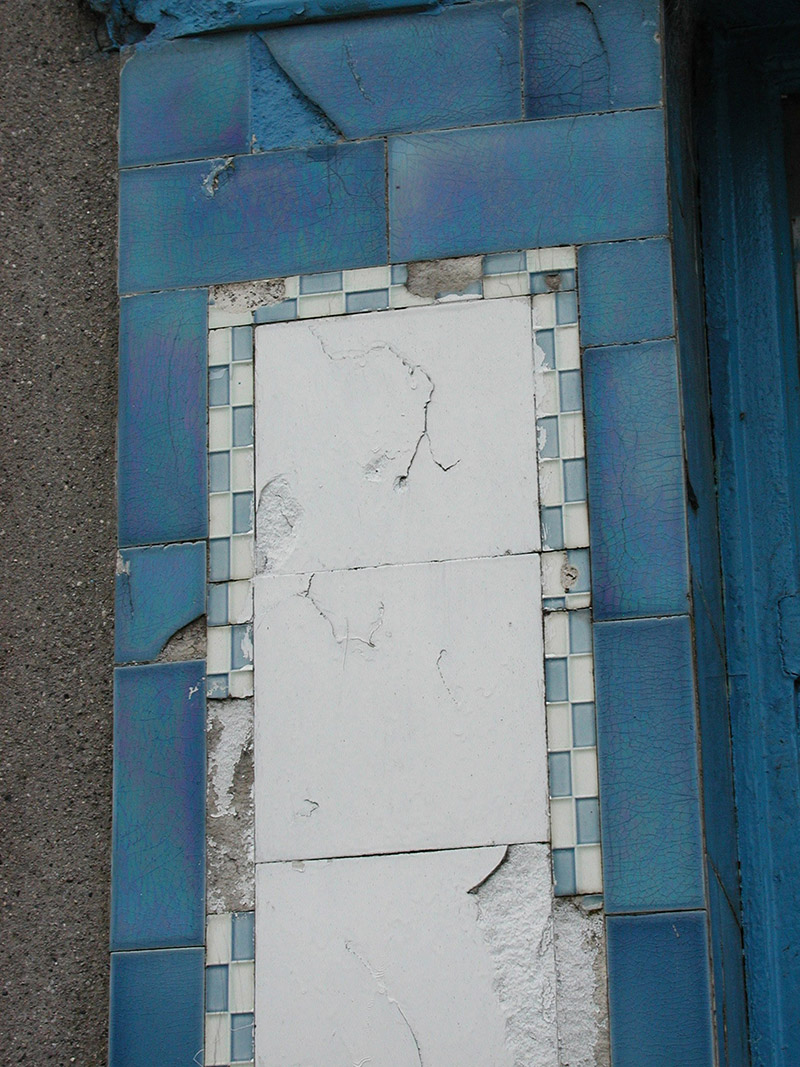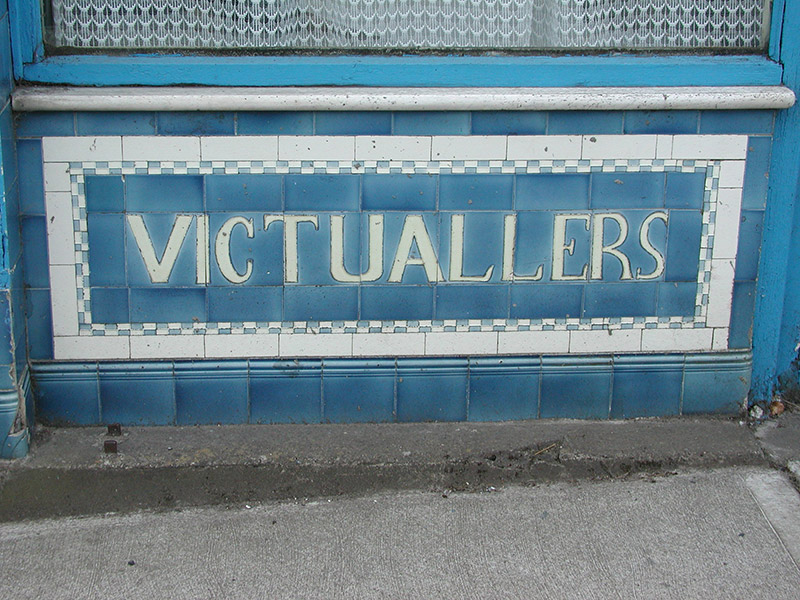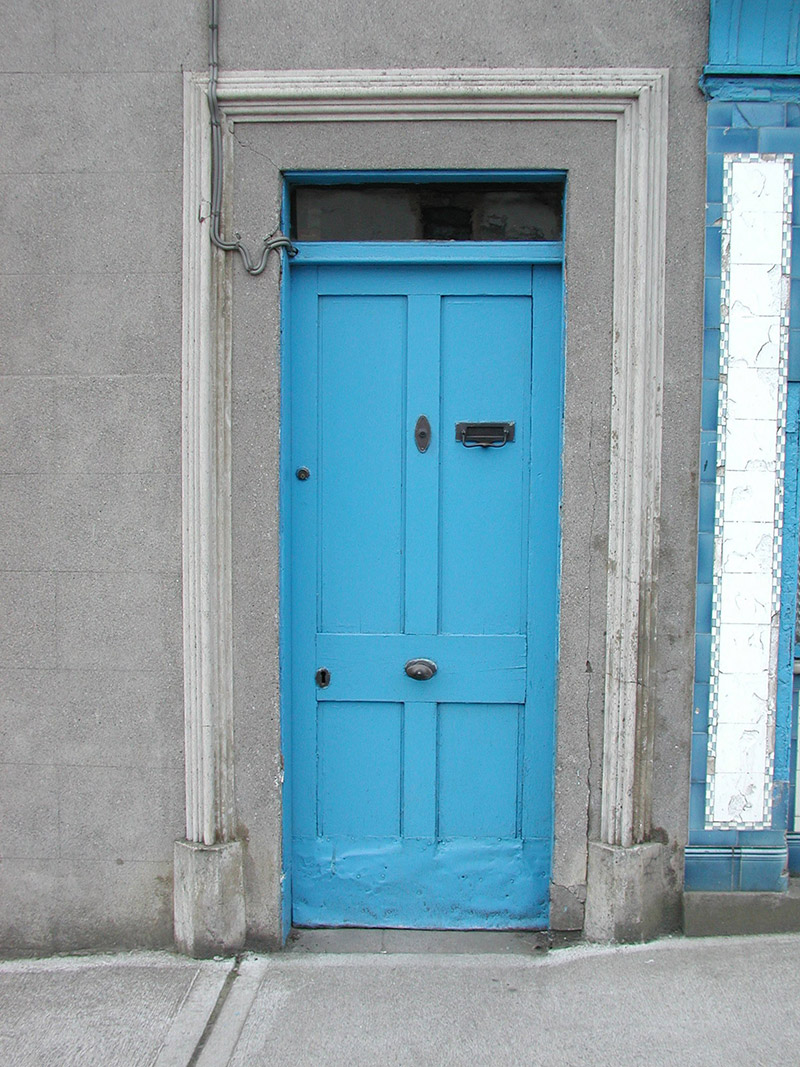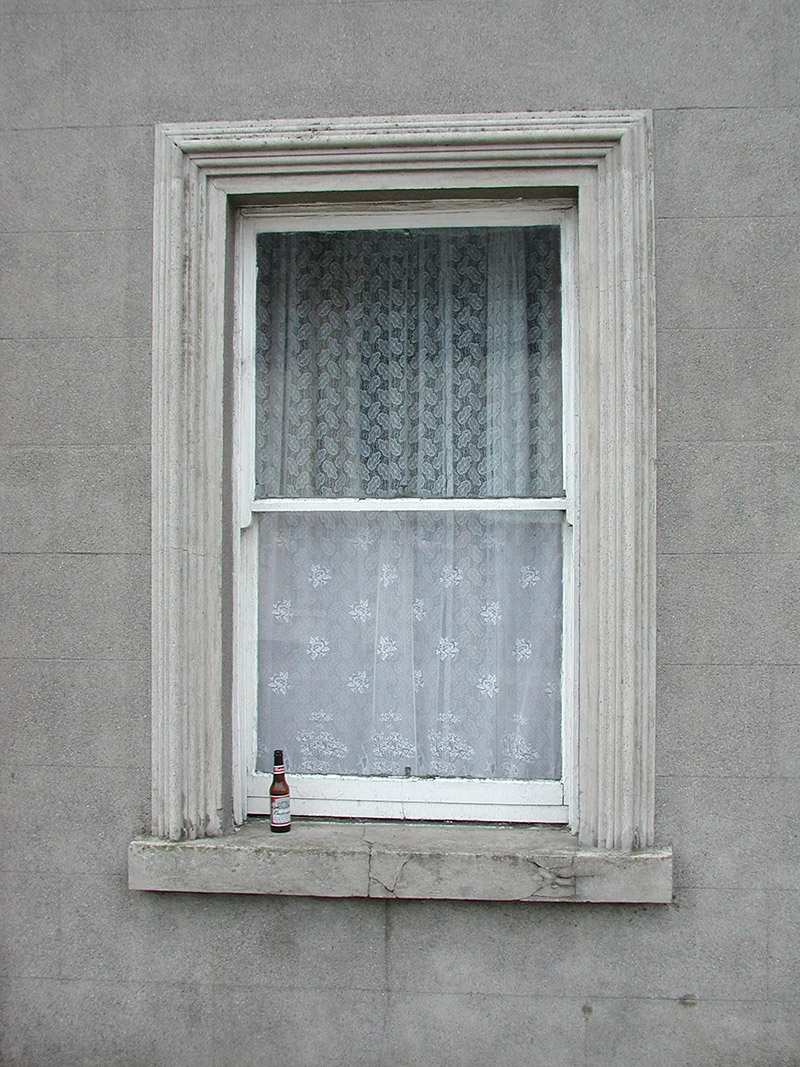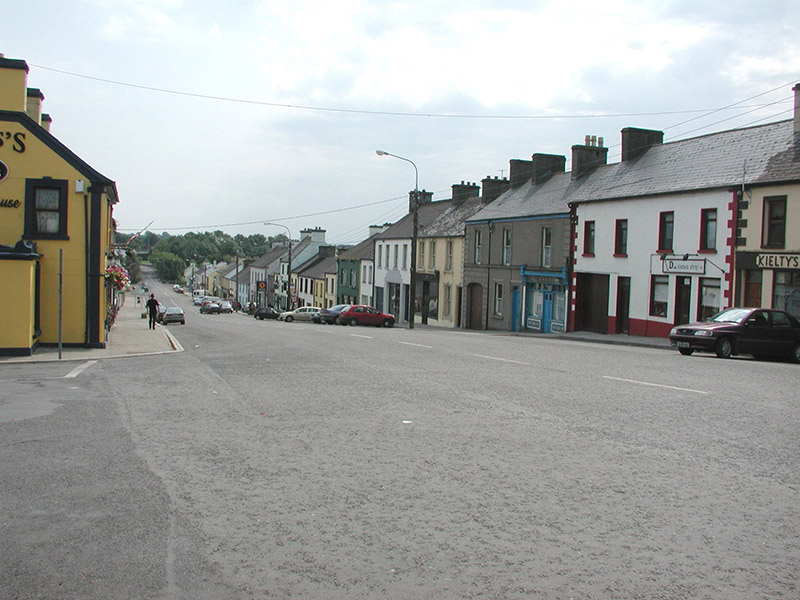Survey Data
Reg No
32314032
Rating
Regional
Categories of Special Interest
Architectural, Artistic, Social
Original Use
House
Historical Use
Shop/retail outlet
In Use As
House
Date
1860 - 1880
Coordinates
166302, 315568
Date Recorded
02/08/2004
Date Updated
--/--/--
Description
Terraced three-bay two-storey rendered house, built c. 1870, formerly in use as butchers shop. Integral carriage arch to south, entrance to residence in centre, shopfront to north. Pitched slate roof, clay ridge tiles, unpainted smooth-rendered corbelled chimneystacks, half-round cast-iron gutters on painted timber fascia board. Unpainted ruled-and-lined walling, with raised render straight channeled jointed quoins to north and south, moulded sill course to first floor, smooth faced channel-jointed rustication to carriage arch bay. Square-headed window openings with moulded render surrounds, masonry sills, painted one-over-one timber sash windows c. 1870. Painted timber shopfront, encaustic tiling to flanking pilasters, encaustic tiling with integral sign reading 'VICTUALLER' to stall risers, glass-fronted and lettered fascia sign, fluted timber consoles with semi-circular caps, plain-glazed display windows, fixed overlights, painted timber double doors each with three-panels and top panel fitted with gauze screens, top-hung overlight over door. Square-headed entrance door opening to immediate south of shopfront, moulded render surround terminating on canted plinth blocks, plain-glazed overlight, painted timber four-panel door c. 1960. Segmental-headed carriage arch opening, moulded voussoirs, painted vertically-sheeted double doors. Street fronted on inclined site in terrace with continuous roofline.
Appraisal
This handsome well-proportioned building is typical of early-twentieth century cement-based rendering. It makes a significant positive contribution to the Ballymote streetscape. The retention of much original and early fabric adds significantly to its architectural value. A, particularly fine, carved timber shopfront is of great artistic interest, retaining finely crafted glazed ceramic tiles and preserving a shop type once central to the life of small Irish towns. The shop also seems to retain much original or early interior panelling.
